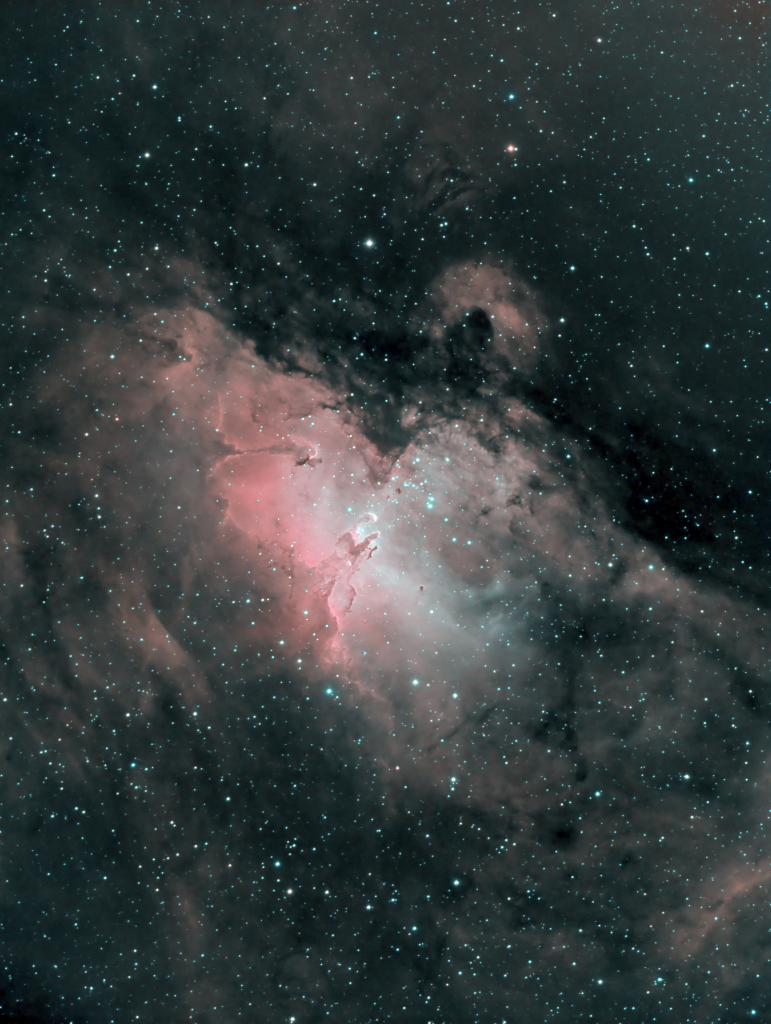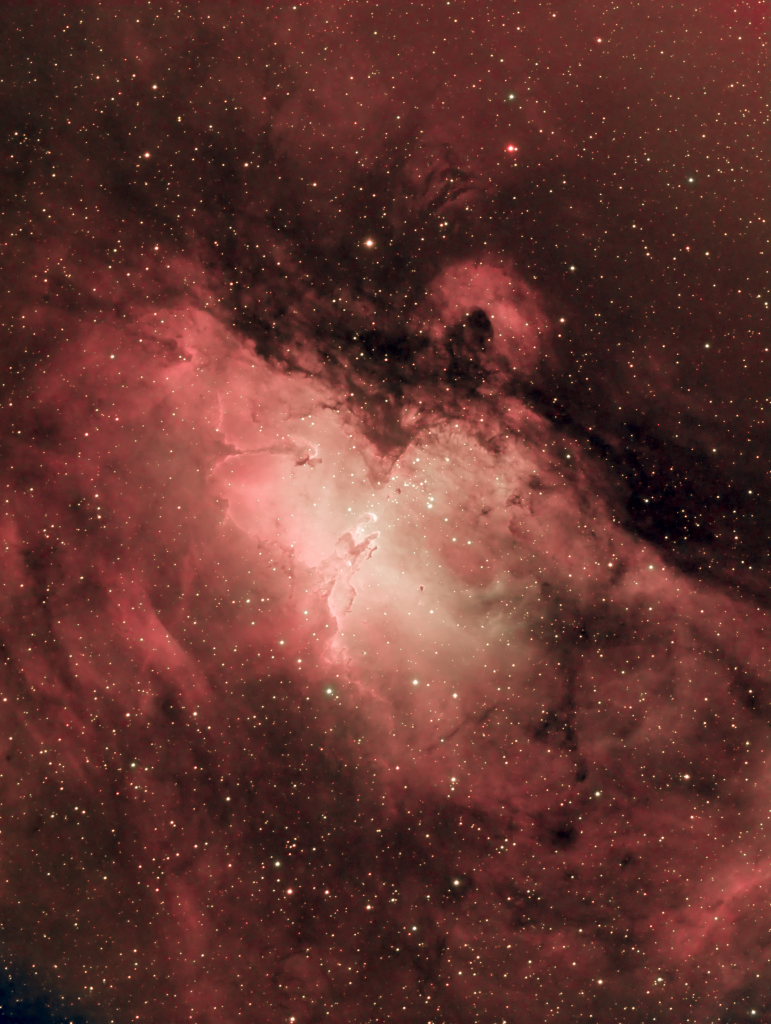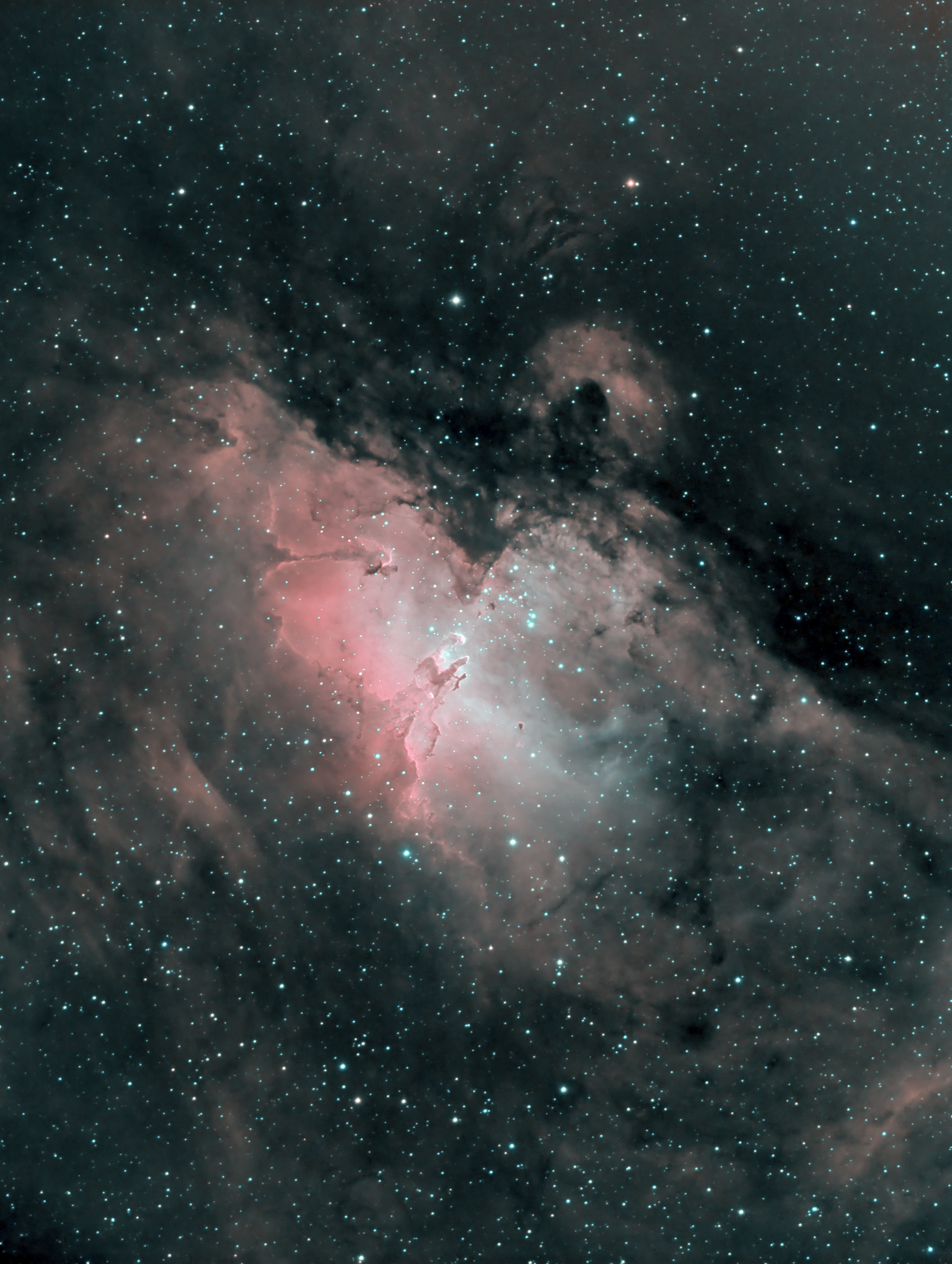
Similar Posts
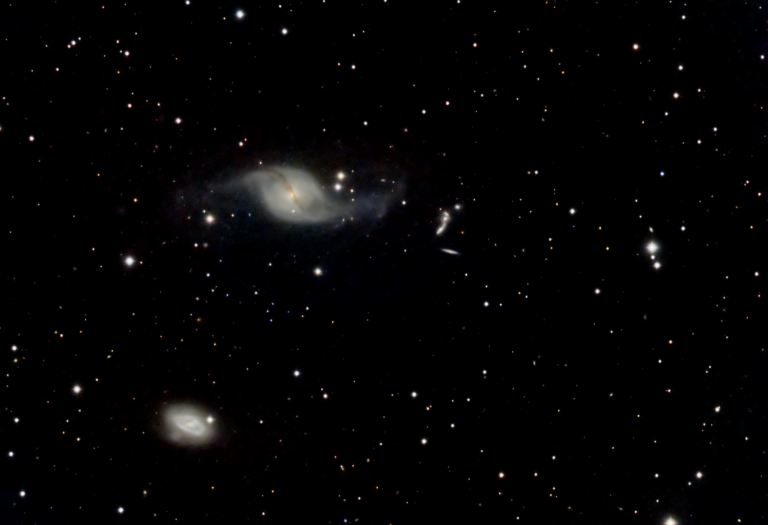
A really messed-up galaxy.
That twisted-up galaxy at the top is NGC 3718. We don’t actually know if it’s a spiral or a lenticular galaxy, because the galaxy below it, NGC 3729, appears to have warped it beyond recognition when it passed by it. Also look for the cluster of five more distant galaxies just to the right of…
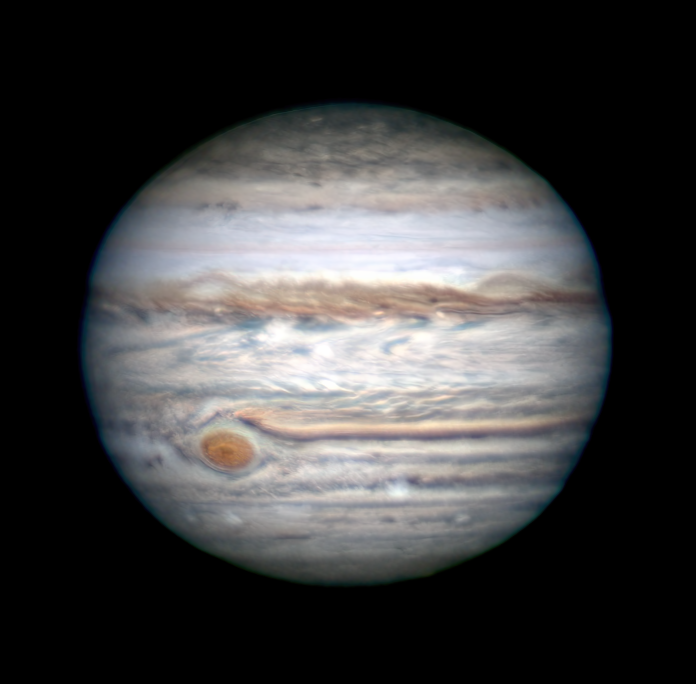
Dusting Off the Planetary Gear
It’s been awhile since I attempted Jupiter and Saturn… years, in fact. But last night was too good to pass up. Jupiter is just past its opposition, and it’s one of its closest approaches to Earth ever. There wasn’t a lot of turbulence in the air late last night, the Great Red Spot was out,…
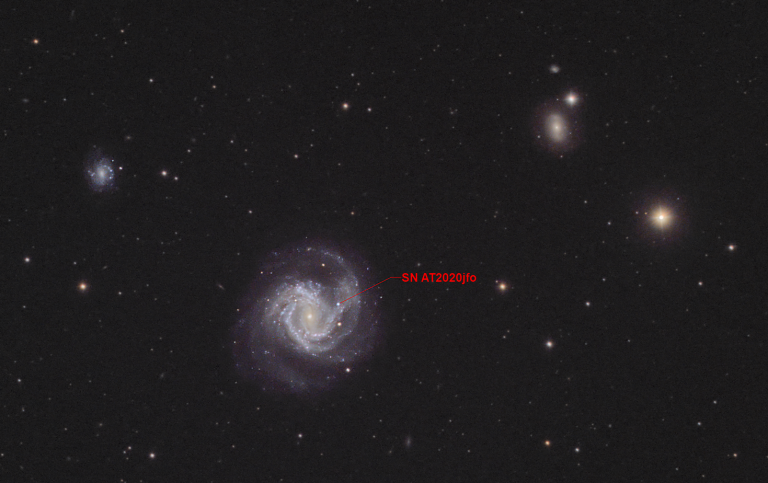
A Supernova 50 million light-years away!
Highlighted here is a recently discovered supernova in the galaxy M61, over 50 million light-years away! This exploding star outshines the entire core of its own galaxy, and many of the much closer stars seen within our Milky Way. The sheer power of this stellar explosion is unfathomable. It’s 50 million light-years away, which means…
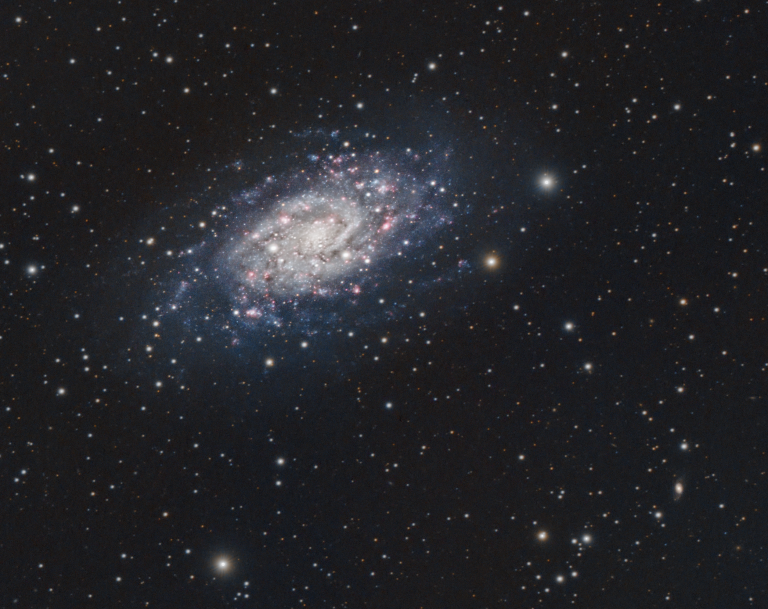
NGC2403: An obscure galaxy in an obscure constellation.
About 10 million light-years away within the constellation Camelopardalis lies NGC2403. It doesn’t get much love, but it was really an oversight in the famous Messier catalog that defines the most popular deep-sky objects. So let’s give it a little attention, and reflect on the fact that the light we’re seeing from this galaxy started…
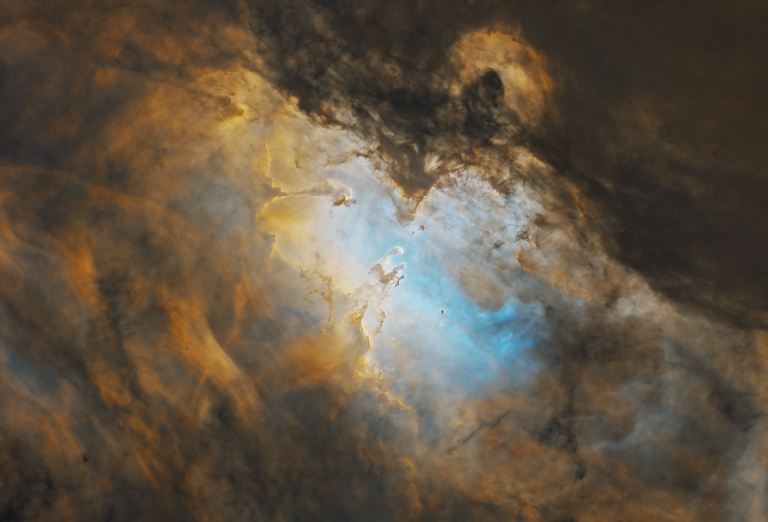
The Eagle Nebula – sans stars
This image was something of a happy accident – I spent a night capturing narrowband data on M16, the Eagle Nebula (home of the famous “pillars of creation”.) Of course I had to try reproducing the iconic Hubble image as best I could, but the color palette they use results in big, ugly, magenta-colored stars….
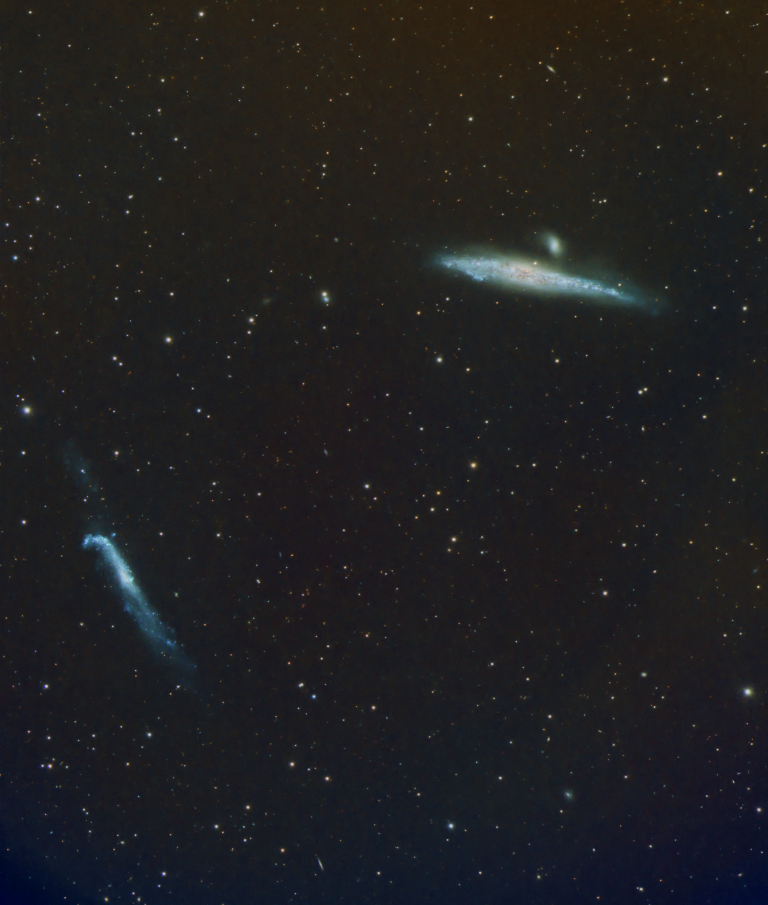
The Whale and the Hockey Stick
This pair of galaxies gets its name from their shapes. Both are viewed edge-on, and from this perspective we can see how a past interaction between the two warped them both. About 6 hours of exposure time from the backyard observatory.

